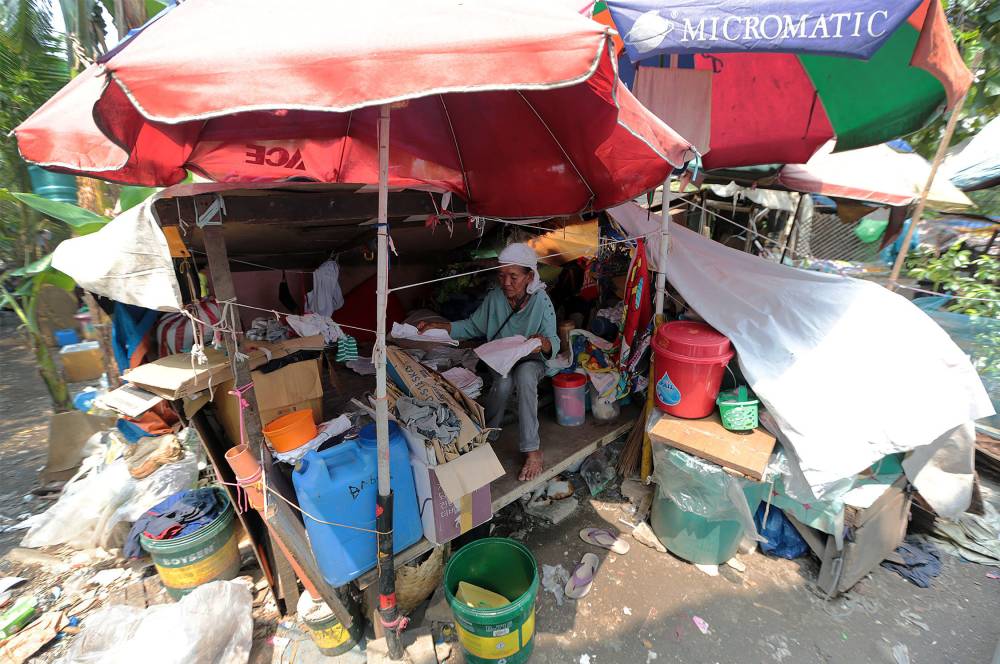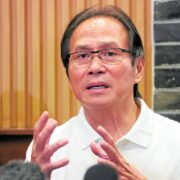Where does the urban poor stand in ‘just’ energy transition?

The term “just energy transition” (or JET) has been gaining currency because responses to the climate crisis cannot make a significant impact without transforming the energy sector.
This transition involves the gradual and steady shift from a fossil fuel-based energy mix—for electricity, transportation, agriculture, and others—to one that comes from renewable sources with low, if any, carbon emissions.
For energy transition to be “just,” it must look after the people and communities in the energy systems who could be negatively affected. For example, workers in the coal sector and their families must not be made worse off when the transition results in job losses. Renewable energy projects also must not displace communities or harm the natural environment.
But can we talk about JET in the urban context?
As engines of growth and home to a growing majority of the world’s population, cities consume 75 percent of global primary energy. They are responsible for about two-thirds of global greenhouse gas emissions (GHG).
Such data for Philippine cities are hard to come by but their energy demand and use, as well as their contributions to national GHG emissions, cannot be overstated.
Cities can then be considered among the culprits of climate change.
In the Philippines, however, because of poor urban planning, unregulated land conversion, and the sheer number of people exposed and vulnerable to risks, adaptation (i.e., preventing and minimizing the adverse effects of climate change like floods and sea level rise) has been prioritized over mitigation (i.e., reducing GHG emissions from human activities). Energy transition falls in the realm of mitigation.
It is challenging to talk about JET in the urban context, maybe because there are no evident threats to the population (except probably when all fuel-based transportation will be phased out). Cities will continue to thrive and will do so sustainably if the energy that drives their activities comes from clean sources. But perhaps, JET in urban areas will be relevant if seen vis-à-vis other issues.
Take electricity for example. Results of a small study conducted last year by a group of nongovernment organizations, including our institute, show that urban poor residents in Quezon City and Davao City do not seem to care about how electricity is generated. What matters to them is that electricity is available 24/7.
It is a lifeline for the urban poor—from lighting their homes and running appliances to preparing their food and earning a living.
Whether it comes from renewable sources or from burning coal and oil that produce enormous quantities of carbon dioxide and other pollutants is the least of their concerns. The few study participants who were aware of the problem with using fossil fuel-based energy systems simply shrugged this off.
Another recurring theme in the focus groups was the cost of electricity. With the high cost of living in cities, many struggle to pay their monthly bills. This is even more difficult for those in informal settlements. In such communities, households depend on submeters connected to their neighbor’s line and are charged twice as much as Meralco rates per kilowatt-hour.
This informal arrangement is also common in government resettlement projects where relocated households must wait for months (even years) before they have their legal connection.
Applying for a formal connection costs a lot as well.
According to some interviewees, one must spend as much as P30,000 on a meter, cables, labor, and permits. And then there are the homeless urban poor who can only afford to use kerosene lamps when night falls. Candles are the cheapest source of light, but these can engulf an entire neighborhood when left unattended, which is a common occurrence in informal settlements.
So, they ask: Can renewable energy ensure a reliable supply of safe electricity for their daily tasks and work? Can renewable energy bring electricity prices down? These are indeed issues of justice.
Gerald M. Nicolas,
project manager
John J. Carroll Institute on Church and Social Issues

















